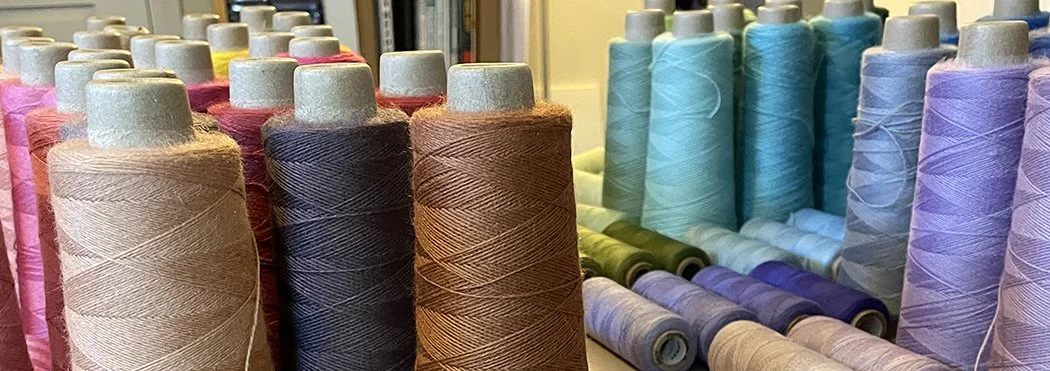Sarah Swett and I had a fun time talking to all of you on YouTube as we discussed tapestry weaving, Fringeless four-selvedge warping, and not nearly enough about our dogs, though we were reminded to bring them into the mix! The recording of the chat is below and I’ve included some “show notes” below that.
Spending time with people who are deeply passionate about making, materials, and playing with ideas is invigorating to me and that is why people like Sarah are part of my world. We talked about many things mostly in the realm of tapestry weaving. We talked about the value of limitations and how important playing is to learning and growing.
Part of my mission in teaching tapestry weaving is to remind people that though this is an art tradition with a lot of history behind it, there are no tapestry police. You can make whatever artwork you want and utilize any fiber techniques you want to get there. Sarah is a fantastic idea of someone who uses the techniques of tapestry to experiment with all sorts of fiber ideas. Enjoy the chat and if you want to join the class which is full of more Sarah wisdom with some nuggets from me as well, there is a discount code in the video that is good a bit longer for 20% off.







